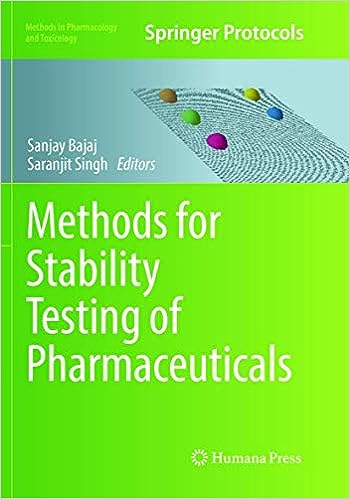Selection and Management of Container-Liner-Closure Systems
Purpose
The purpose of this Standard Operating Procedure (SOP) is to outline the procedures for selecting and managing container-liner-closure systems used in stability studies. This ensures that the packaging systems protect the integrity and quality of the drug product throughout the stability study.
Scope
This SOP applies to all container-liner-closure systems used in stability studies within the facility, including bottles, blisters, vials, and other packaging types.
Responsibilities
- Stability Manager: Ensure appropriate selection and qualification of container-liner-closure systems.
- Packaging Technicians: Implement the procedures for container-liner-closure selection and ensure proper packaging of stability samples.
- Quality Assurance (QA) Team: Review and approve the selection and
management processes for container-liner-closure systems.
Procedure
- Selection of Container-Liner-Closure Systems:
- Identify the type of drug product (e.g., tablet, capsule, liquid) and the appropriate container-liner-closure system.
- Ensure that the selected systems comply with regulatory guidelines and are suitable for the intended storage conditions.
- Consider factors such as material compatibility, barrier properties, and protection against light and moisture.
- Document the rationale for the selection of each container-liner-closure system.
- Qualification of Container-Liner-Closure Systems:
- Perform qualification studies to ensure the container-liner-closure system maintains product stability and integrity.
- Conduct tests for container integrity, extractables/leachables, and compatibility with the drug product.
- Document the results of qualification studies and approve the container-liner-closure systems for use in stability studies.
- Packaging Procedure:
- Ensure the cleanliness and suitability of containers, liners, and closures before use.
- Fill containers with the drug product as per standard filling procedures, ensuring accurate and consistent fill volumes.
- Apply liners and closures securely to prevent contamination and ensure seal integrity.
- Label the containers with batch information, storage conditions, and sampling time points.
- Storage and Handling:
- Store the packaged stability samples under specified conditions (e.g., temperature, humidity) in stability chambers.
- Ensure proper organization within the storage units by study, batch, and time point.
- Handle containers carefully to avoid physical damage or compromise of the container-liner-closure system.
- Documentation:
- Document all aspects of the container-liner-closure system selection, qualification, and packaging processes.
- Maintain records of qualification studies, including test methods, results, and approvals.
- Ensure all documentation is reviewed and approved by the Stability Manager and QA Team.
- Handling Deviations:
- Investigate any deviations from the specified procedures or unexpected results related to container-liner-closure systems.
- Document the deviation, including the date, time, personnel involved, and potential impact on the study.
- Implement corrective actions to address the root cause and prevent recurrence.
- Record corrective actions taken and review effectiveness.
- Quality Control:
- Perform a final review of the container-liner-closure system data to ensure accuracy and completeness.
- QA Team to conduct periodic audits of container-liner-closure system records for compliance.
Abbreviations Used
- QA: Quality Assurance
- SOP: Standard Operating Procedure
Documents
- Container-Liner-Closure System Qualification Reports
- Packaging Records
- Stability Protocol
- Audit Reports
- Maintenance Records
References
- ICH Q1A(R2) Stability Testing of New Drug Substances and Products
- FDA Guidance for Industry: Stability Testing of Drug Substances and Drug Products
SOP Version
Version 1.0 – Effective Date: [Insert Date]

